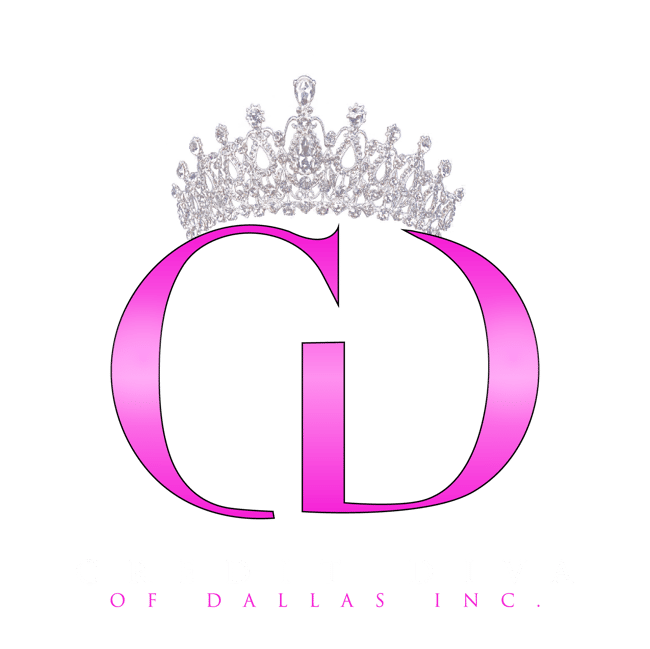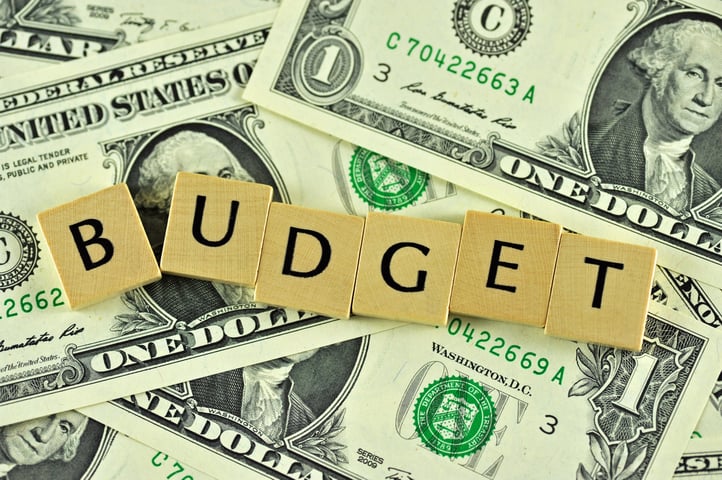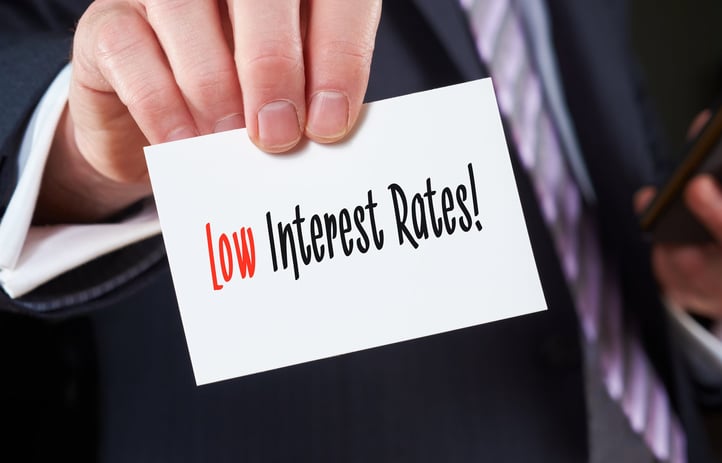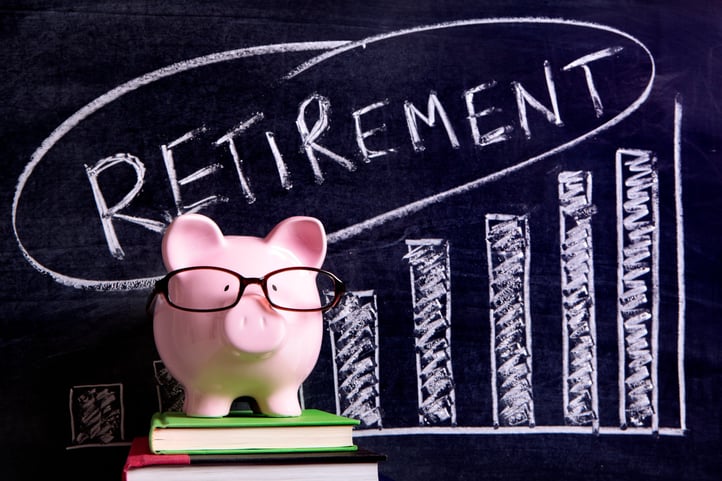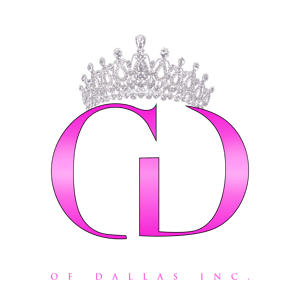When you're working to build credit, it can be confusing how much of your credit you should use or not use for the best results.
As a rule, you should never carry more than 30% of your credit as a balance. When you do, your credit score will drop until you bring that balance below 30%.
'So, I Should Just Pay off My Cards Each Month, Right?'
It isn't that simple—and it might not even be a credit help!
For best results, you want to have a credit history—and a 0% balance doesn't look like you are using your credit cards in some credit scoring models. Why is this a problem? Well, your credit history and behavior are both very important in building a credit score.
- According to credit agencies, your past behavior is a generally reliable predictor of future behavior.
- When you immediately pay off a purchase before it is reported on, it looks like you were never using your credit.
- The credit bureau might not be able to make predictions about what would happen compared to if you had a balance.

'What Should I Do Instead?'
- A best practice when you're wondering what balance to keep on a credit card is between 1% and 10%.
- This keeps you well below the 30% threshold that will start to drop your score.
- It leaves room for emergencies, and it lets the credit reporting bureaus know that you are an active credit user.
- This will give them the best data to present you in a positive light, so you make the most of your credit behavior.
'What If I've Been Doing It Wrong?'
The good news is; this is one of the easiest components of your credit score to fix! When you pay down your credit card (really any form of revolving credit) balances to under 30%, you should see a change in your credit from this credit help technique within one to two months. You need to give the reporting a chance to catch up, and this is also why paying it off and maxing it out again will only show the 'maxing.'
- Remember that it is not only each line of credit that matters but your total credit usage.
- You'll want to be sure that one account isn't throwing your total usage over 30%, even if the rest of your accounts are only at 5%.

As a reminder, this also only applies to revolving credit accounts, or accounts that you regularly pay and borrow from. A loan that you are paying down does not count toward the total utilization ratio for the purposes of generating a credit score.
- Create a plan to tackle your debt as a first step toward credit repair.
- It is a challenging journey at first, but one that will serve as credit help in more ways than one!
After all, lower balances mean fewer worries about not being able to make a payment in an unexpected time of hardship or economic downturn—a concern we are all very aware of at this time.
Do you have more questions about credit utilization and how it affects your credit score? Get your Diva Discovery session scheduled with Credit Diva of Dallas!
For only $99, we'll review your file, make recommendations, and let you know how much work needs to be done to achieve your financial goals. If you choose to work with us on an ongoing basis, we'll roll the discovery fee into the package you select for additional savings!
Get in touch with your dedicated Credit Diva to start your credit repair journey!
